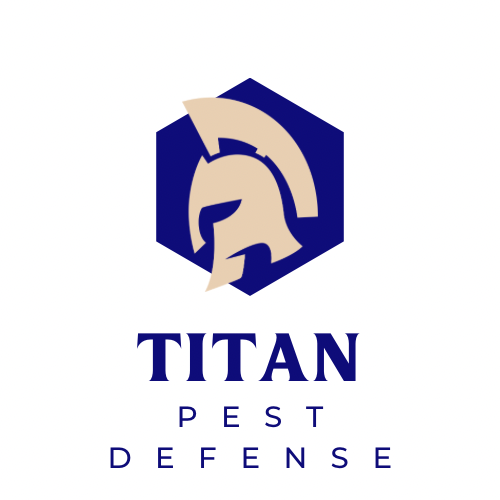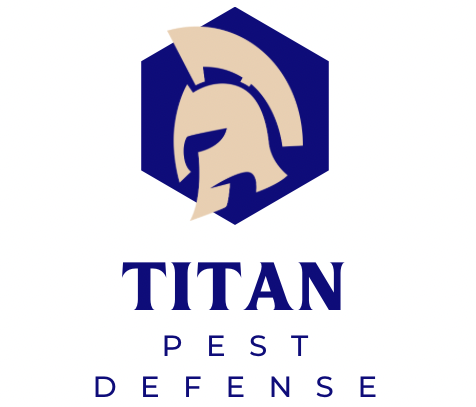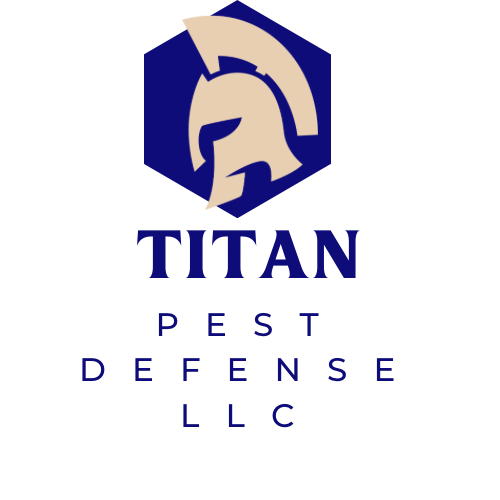Mosquito Control in Aubrey and Oak Point: A Closer Look at ULV Fogging and In2Care Technology
In North Texas communities like Aubrey and Oak Point, mosquito season begins in early spring and can last well into the fall. While mosquitoes are a familiar part of outdoor life, they’re more than just a nuisance—their presence poses real risks to public health.
To effectively manage mosquito populations in residential areas, it’s important to understand not only where mosquitoes thrive but also how they reproduce and spread. Two widely used tools in integrated mosquito management are ULV fogging and In2Care traps. When used together, these methods can support both immediate mosquito reduction and long-term control.
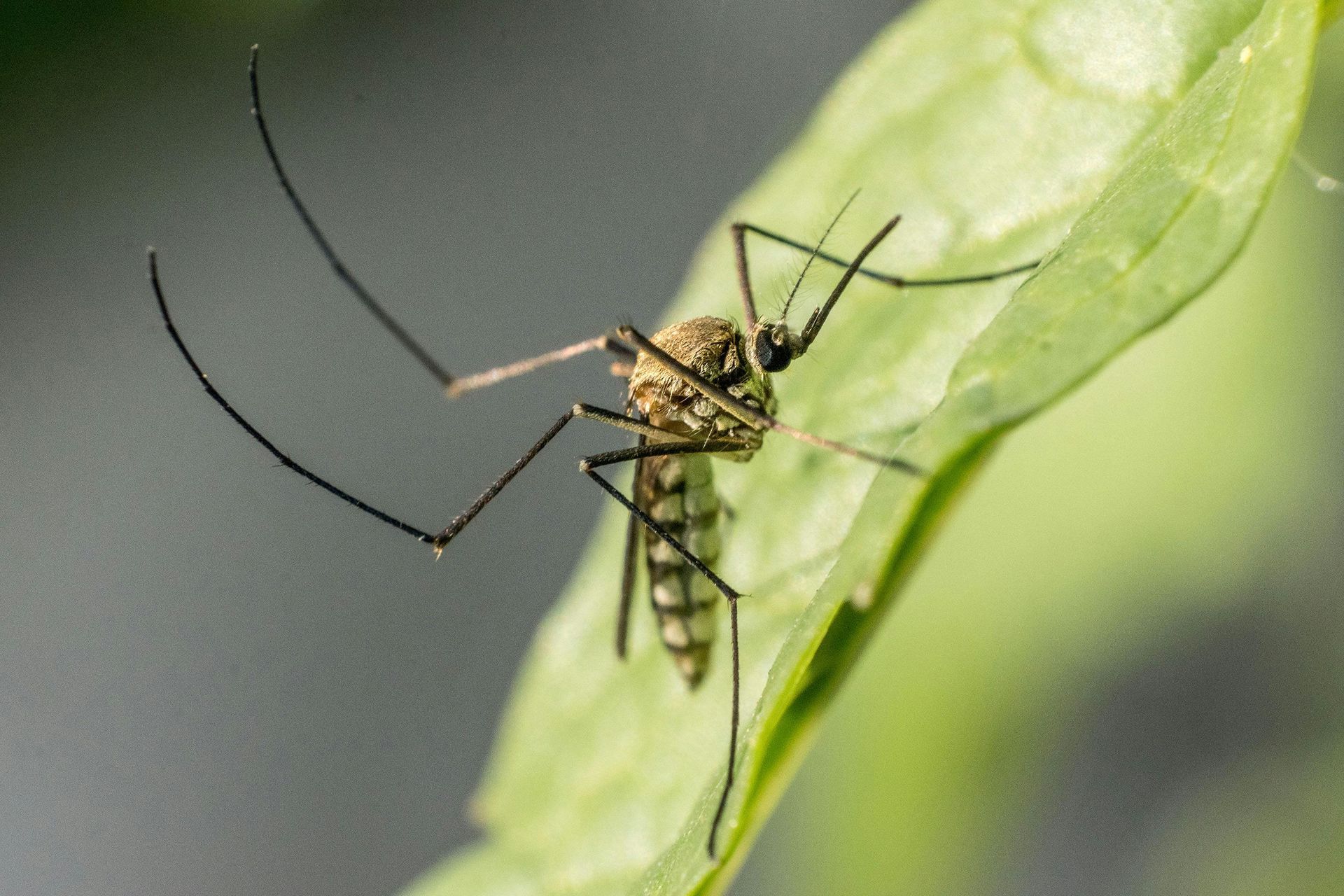
The Local Mosquito Challenge in Aubrey and Oak Point
Mosquitoes thrive in areas with warm temperatures, standing water, and lush vegetation—all common features in Aubrey and Oak Point. With neighborhood retention ponds, backyard birdbaths, and intermittent spring rains, these communities provide mosquitoes with ample opportunities to breed.
This makes local mosquito control especially important—not just for comfort, but for community health.
Why Mosquito Control Matters: More Than Just Bites
Beyond itchy welts, mosquitoes are known carriers of several diseases that can impact both humans and animals. In Texas, the most common mosquito-borne illnesses include:
• West Nile Virus (WNV): Detected annually in parts of Denton County, WNV can cause flu-like symptoms in most people but may lead to serious neurological complications in a small percentage of cases.
• Dengue and Zika Virus: Though less common in North Texas, these viruses have been detected in southern regions of the state and are spread by Aedes mosquitoes, which can live in urban areas.
• Heartworm Disease in Pets: Transmitted by mosquito bites, heartworm can affect both dogs and cats and is potentially fatal if untreated.
Preventing the spread of these diseases starts with reducing mosquito populations—especially those capable of transmitting viruses from one host to another.
ULV Fogging: Reducing Adult Mosquito Populations
ULV (Ultra-Low Volume) fogging is one of the most commonly used techniques in public health mosquito management. This method disperses fine aerosol droplets that hang in the air briefly, killing mosquitoes on contact.
How it helps:
• Targets adult mosquitoes, which are the ones that bite and spread disease
• Especially useful during peak mosquito hours (early morning and dusk)
• Works best in areas with dense vegetation or shaded yards where mosquitoes hide
Fogging is considered a short-term intervention, best used alongside other mosquito control tools for sustained results.
In2Care Traps: Targeting Mosquitoes at the Source
While fogging addresses mosquitoes already flying around, In2Care traps take a different approach by targeting the mosquito life cycle. These traps attract female mosquitoes looking to lay eggs and expose them to a slow-acting fungus and larvicide.
Why it matters:
• The mosquitoes carry the larvicide to multiple breeding sites, preventing larvae from developing
• It’s one of the few tools that can reach hidden or hard-to-find breeding areas
• Helps reduce mosquito populations over time, not just on the day of treatment
In2Care technology has gained popularity in mosquito-prone regions worldwide and is now part of integrated control strategies in many urban and suburban areas, including parts of Texas.
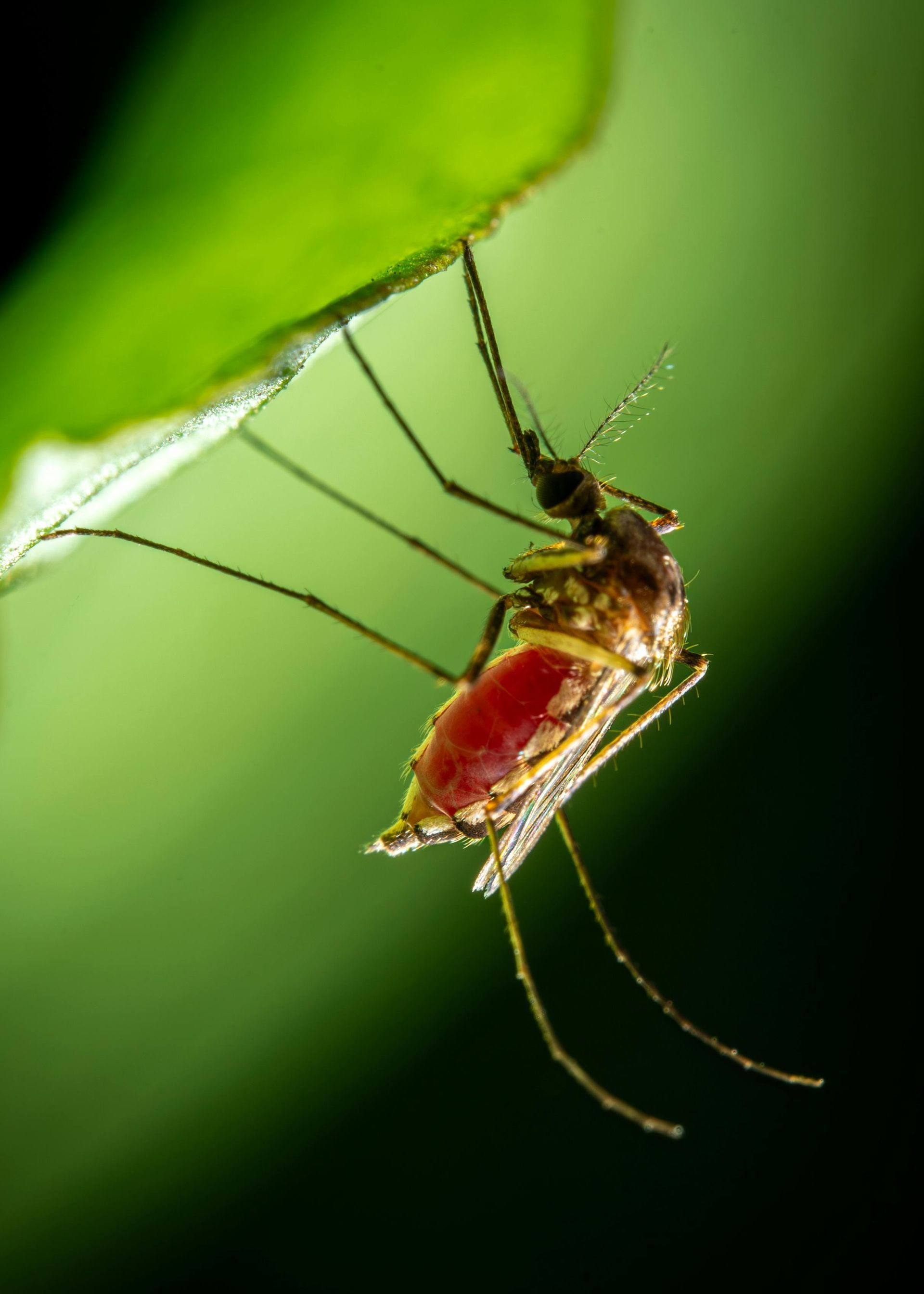
Why a Multi-Step Approach Is Important
Mosquitoes are adaptable. They can lay eggs in tiny amounts of water and can breed quickly—just a bottle cap’s worth of water can become a hatchery. That’s why mosquito control works best when multiple strategies are layered together:
• Eliminate standing water (e.g., pet bowls, birdbaths, clogged gutters)
• Use fogging to suppress adult mosquitoes during peak activity
• Deploy larvicides or traps like In2Care to disrupt the breeding cycle
• Educate the community about prevention and protection
Community Awareness Is Key
Residents in Aubrey and Oak Point can play a big role in mosquito prevention simply by staying informed and taking steps around their homes to eliminate breeding habitats. While professional treatments help reduce large-scale populations, small changes like removing standing water and maintaining yard drainage can make a big impact.
When communities work together with science-backed tools like ULV fogging and In2Care traps, it’s possible to reduce mosquito populations in a sustainable way—protecting both health and quality of life.
